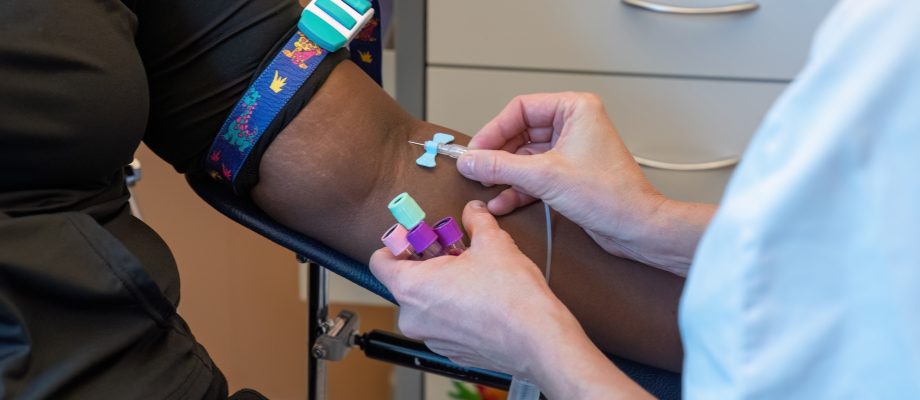COLLABORATION. Pain research is a dynamic field, currently focused on understanding the whole person to discover the most effective treatments. One forward-looking approach is precision medicine. At this year’s Pain Research Day, the emphasis is on patients and their participation in research.
Pain can be clinically categorized as acute, chronic, or cancer-related. Paulin Andréll is an associate professor at the Sahlgrenska Academy and a senior consultant at the Pain Center at Sahlgrenska University Hospital, actively conducting clinical pain research.
“Pain is a subjective experience, and those of us who meet patients and conduct research need to find ways to diagnose, evaluate, and treat,” she says.
Together with Professor Anna Grimby Ekman, she is the convener of the regional Pain Research Network, bringing together around a hundred researchers from the University of Gothenburg and the Västra Götaland region specializing in the field. For the third consecutive year, they are organizing Pain Research Day, this time focusing on patient involvement in pain research. Both researchers and representatives from patient associations participate.
“Patient involvement is incredibly important for conducting relevant research, from designing the study to disseminating the results so that the research actually helps people suffering from pain. The patient can be involved throughout the process, and the collaboration has positive effects,” she says.
Seeking the mechanism behind pain
In the new ICD-11, the World Health Organization’s international classification of diseases, various types of pain will be classified as separate diagnoses based on pain mechanisms. This can clarify clinical work and facilitate treatment.
The trend in research is increasingly attempting to understand the mechanism behind pain to find the right treatment. The so-called biopsychosocial pain analysis is particularly helpful.

“When we evaluate and analyze the pain condition, we try to see how it affects the whole person. Body and mind are interconnected and influence pain physiological processes. The worse we feel mentally, the less effective our built-in pain brake functions,” says Paulin Andréll.
She uses fibromyalgia patients as an example:
“They have an oversensitive pain system, but it can be trained and improved with treatment. Patients with fibromyalgia may need to start at a very low intensity and take small steps in training to avoid increased pain and setbacks in rehabilitation.”
Pain research is a dynamic field where the focus is increasingly on individualizing and tailoring treatment, often referred to as precision medicine. The answer to which treatment is right for an individual patient may lie in a blood test.
“Something hot in our research now is biomarkers for precision medicine. Based on samples from the patient, the hope is to determine the most successful type of treatment. Instead of testing four different drugs, maybe one might be enough,” she says.
BY: SAHLGRENSKALIV











